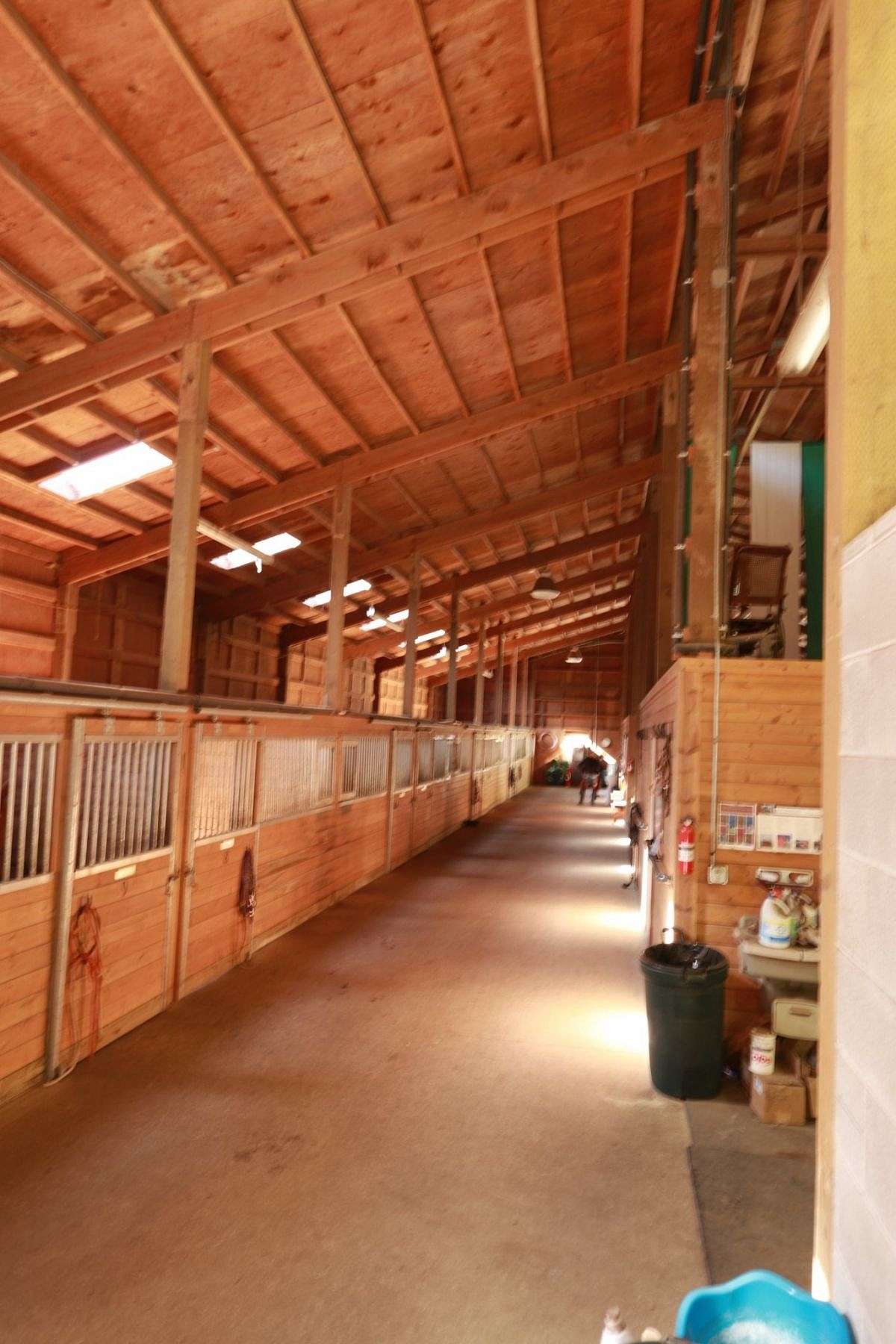Table of Content
If something inside your home causes water damage to your foundation, such as a problem with your HVAC or plumbing system, it will be covered under most homeowners’ insurance policies. The purpose of homeowners’ insurance to protect you from unexpected events and emergencies in your home. When you have an emergency involving your foundation, can you count on your homeowners’ insurance to offset the cost of the repairs?

You can also trim overgrown brush and grass near the foundation to discourage rodents from burrowing under your home. Take the time now to assess risks to your foundation and fix them before they can cause problems. While earthquakes and floods are not covered under a standard homeowners policy, you can purchase additional insurance specifically to cover these hazards. In California, your homeowners insurance company is even legally required to offer earthquake insurance at an additional cost.
Does State Farm Homeowners Insurance Cover Roof Leaks?
Before filing a claim with your insurance company, decide if it’s worth it. Your insurance company will look at your claims history when deciding whether to renew your policy or change your premium. Too many claims within a short time frame could affect your ability to find coverage or increase your premiums. However, you can get a good sense of the condition of a foundation without walking through with an expert. Look out for cracks in the home’s exterior, sheetrock or chimney, scan the foundation for crumbling and check to see if there is water or bugs near the foundation. These are warning signs that there could be something wrong with the home’s foundation.
Small repair jobs like sealing small foundation cracks can be an affordable fix. Bigger projects like leveling your home or reinforcing the foundation can set you back several thousand dollars. The sooner you reach out, the sooner you’ll begin the claims process and can find out if insurance will cover the damage. What usually occurs to cause this damage is a process called subsidence, not roots pushing up on a foundation. Slope creep, sometimes called downhill creep, is the slow movement of soil downhill.
Bankrate
A large portion of structural damage to a home is a direct or indirect result of foundation and soil issues. If your home sits on a pier-and-beam or concrete slab, this type of activity could lead to cracks in the foundation and cause costly repairs if not properly maintained. Yes, animals like rats and mice can burrow under your foundation, such as a concrete slab foundation, and cause damage. Likewise, insects like termites can wreak havoc on wooden pier foundations and can cause damage to your home through concrete foundation cracks. You hire a contractor that meets your own and the insurance company’s requirements to complete the repairs. Ignoring foundation problems can lead to major structural problems for your home.

Most pool cracks are in the pool plaster, however, when through the entire body leaks may occur. However, renegotiating the price of the home that requires these repairs to be made may serve your interest. Built on good soil and the plans you put down can last awhile and turn into accomplishment. A driver loses control of their vehicle and crashes into your house, damaging the foundation.
What to do if you experience foundation damage
To fully understand what types of damages your homeowners insurance covers, let us first briefly discuss how home insurance coverage works. The dwelling portion of a standard homeowners policy will pay for foundation damage when that damage is the result of a named peril and is not excluded from the policy. Getting insured with a home insurance company that helps you understand when and when you're not covered is essential. Your homeowners insurance protects your home in the case of certain covered perils. So if a fire burns your house and belongings, for example, your homeowners’ insurance steps in to help pay for the structure and contents. If a tree falls onto your roof you may be covered, if the roots of the tree damage the foundation, you’re probably not covered.

The bottom line is that insurance is tricky, however, the fact remains that most foundation damage will be due to uncovered perils, meaning that any claims will likely get rejected. However, you may still be left with expenses after the repair is paid for. You would still be responsible for the plumbing repair, as that is considered a maintenance expense.
It might be helpful to call a professional that specializes in foundations to see what the issue may be and what caused the damage. Their report can help you decide whether you should file a claim with your home insurance company and how extensive the repairs may be. Your standard homeowners policy won’t cover foundation damage due to earthquakes or floods.

If the root cause of the damage to your home is covered by your home insurance policy, then you may expect the cost of your house repairs to be reimbursed by your insurance provider. A standard home insurance policy will not cover foundation damage if it was caused by a flood. A flood insurance policy from the National Flood Insurance Program would provide insurance coverage for flood damages to your foundation's walls. Standard homeowners insurance covers foundation damage unless it was caused by an excluded peril noted in your policy.
They will almost definitely say those losses are not “sudden and accidental” and that it’s your responsibility as a homeowner to address those problems as part of your routine maintenance. This type of coverage will protect you against foundation damages caused by movement in the soil. This is highly recommended for people with homes in locations where earthquakes frequently occur.

If an earthquake causes a crack in your foundation, earthquake insurance may help pay for those foundation repairs. Yes, the dwelling coverage portion of your homeowners insurance policy covers damage to the structure of your home, including its foundation. If your foundation or any part of your home’s structure is damaged due to a covered event, homeowners insurance can help pay for repairs or a full rebuild, depending on the extent of the damage. Foundation damage will usually be covered by your standard homeowners insurance policy depending on what caused the damage in the first place.
To avoid any complication, try to call your contractor as soon as possible once you’ve spotted your foundation damage. If there’s a chance the foundation damage was caused by vandalism, you should also call the police for an official police report. Home insurance is there to help you with sudden disasters that may come your way. More likely than not, your foundation has suffered at the hands of the shifting sands of time – quite literally.
If you live in an area prone to earthquakes or flooding, you might be able to purchase additional insurance coverage to protect against earthquakes and floods. Shifting soil and faulty construction are not usually covered by a typical Texas homeowners insurance policy. And while earthquakes and floods are candidates for causing significant foundation damage, they usually require their own insurance policy. Similar to earthquakes, you need a separate insurance policy; if you suffer foundation damage due to a flood, you’d file a claim with them rather than your homeowners’ insurance.
What Are The Main Services Provided By Water Restoration Companies?
But keep in mind that some causes of damage are not covered, including general wear and tear that is common with older home foundations. If you’re concerned about foundation damage, learn what your home insurance will cover, how to spot foundation damage and how to prevent foundation damage in the first place. Standard home insurance policies have open perils coverage, which means your home's foundation is covered for all losses except those specifically noted in your policy.


No comments:
Post a Comment